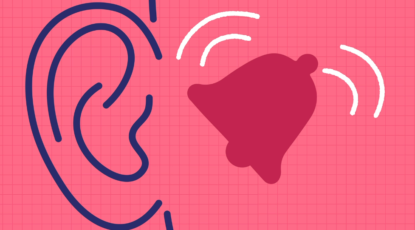Science and Technology
-
Using AI to decode dog vocalizations
U-M researchers are exploring the possibilities of AI, developing tools that can identify whether a dog’s bark conveys playfulness or aggression. The same models can also glean other information from animal vocalizations, such as the animal’s age, breed, and sex.
-
U-M part of consortium to design, construct powerful new instrument to unlock universe’s secrets
U-M’s Dept. of Astronomy is collaborating on ANDES, a powerful instrument designed to reveal the nature of atmospheres of planets around nearby stars, rare elements forged in the interiors of stars, the formation of galaxies, and even the evolution of the universe itself.
-
U-M-led school for oceanographers in Africa receives funding from Schmidt Sciences
The Coastal Ocean Environment Summer School in Nigeria and Ghana was founded by Brian Arbic, a physical oceanographer and U-M professor in earth and environmental sciences. Google CEO Eric Schmidt and Wendy Schmidt are founders of Schmidt Sciences.
-
U-M lands $6.5M center to study links between Great Lakes algal blooms, human health
Researchers at U-M have been awarded a five-year federal grant to study links between climate change, harmful algal blooms, and human health. Increased precipitation, more powerful storms, and warming Great Lakes waters encourage the proliferation of algal blooms composed of cyanobacteria.
-
Nanoscale engineering brings light-twisting materials to more extreme settings
Imaging the hot turbulence of aircraft propulsion systems may now be possible with sturdy sheets of composite materials that twist light beams, according to new research led by U-M and the Air Force Research Laboratory.
-
U-M-led Apple Hearing Study reveals prevalence of tinnitus
About 78% of participants in the Apple Hearing Study, conducted by researchers at U-M, have experienced tinnitus — the perception of sound that others do not hear. The study focused on the demographics and characteristics of people with tinnitus to inform future research on potential treatments.
-
Most local officials support rooftop solar, a majority opposes nuclear power
Michigan’s local leaders overwhelmingly support adding rooftop solar infrastructure in their communities, while a majority strongly oppose developing nuclear power. According to the Michigan Public Policy Survey, 86% of local government leader respondents either strongly or somewhat support adding rooftop solar panels.
-
AI chips could get a sense of time
Timekeeping in the brain is done with neurons that relax at different rates after receiving a signal; now memristors—hardware analogues of neurons—can do that too. Artificial neural networks may soon be able to process time-dependent information, such as audio and video data, more efficiently.
-
Managing screen time by making phones slightly more annoying to use
The best way to help smartphone users manage their screen time may be to make phones progressively more annoying to use, according to new U-M research. Delaying a phone’s swiping and tapping functions forces users to think harder, making it easier for them to consider whether to keep scrolling.










